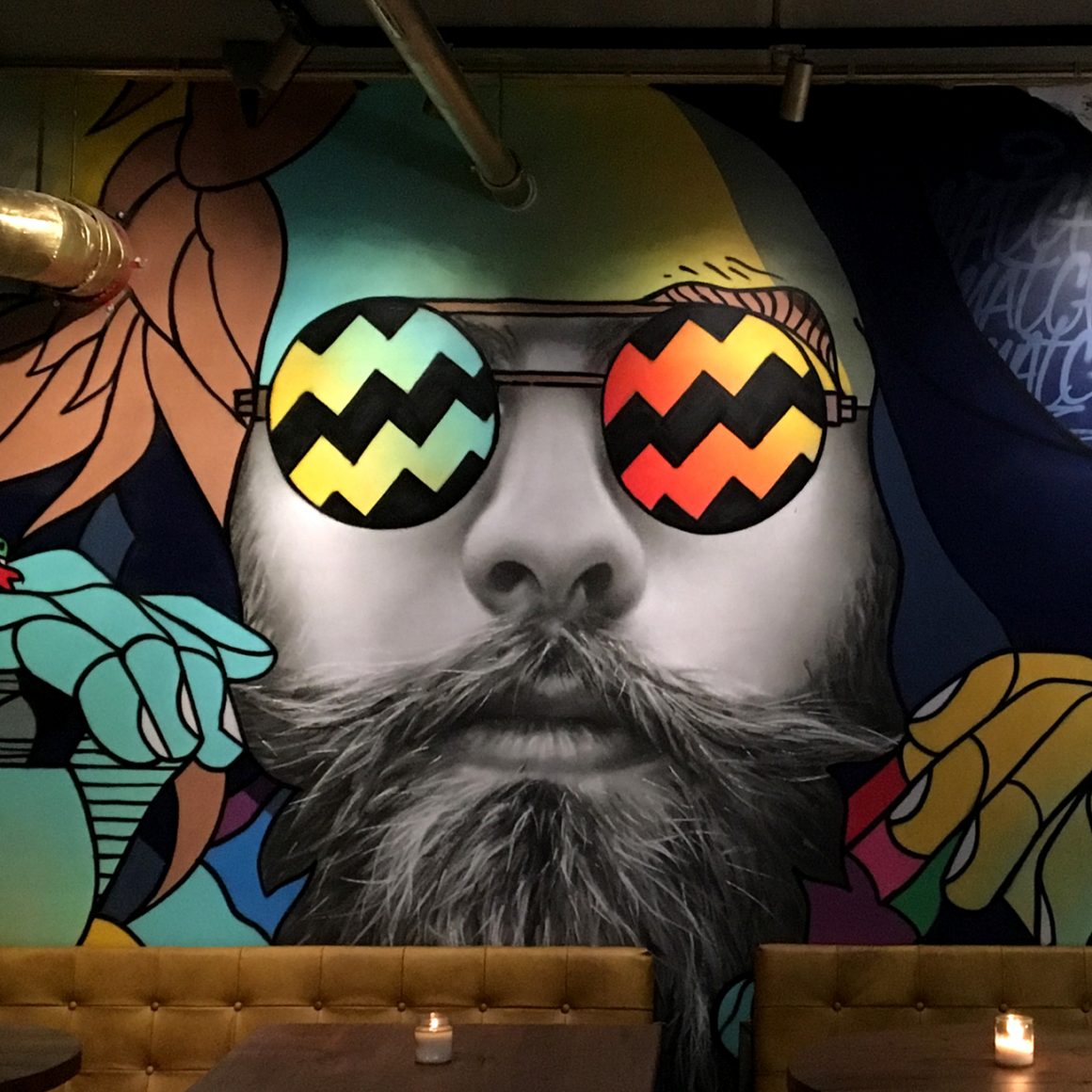

I later went on to study under professor Rob Kesseler at Central St Martins college, whose ceramic art specialises in decal-ware. I was also grateful to meet Kevin Petrie (PhD) who helped to develop this transfer printing method, upon visiting Sunderland’s impressive Glass and Ceramics facility - housed in the vast factory-like space of The National Glass Centre.

After overprinting a ‘cover-coat’, printed images could be soaked in water and then slid off the paper backing and onto the glazed ceramic surface. As students, we were able to safely and easily screen print our own richly coloured, non-toxic ceramic transfers or ‘decals’, combining bright on-glaze powders with water-based printing medium. Given my role as ceramic tile and surface designer, I consider myself privileged to have trained in a print facility that pioneered an effective ‘water-slide’ ceramic paper. The rich blue surface designs also draw influence from 20th century artists such as Yves Klein, Piet Mondrian and Henri Matisse and further still refer to the primary colours expressed in the Bauhaus and Constructivist movements. EK Colours’ tile colour choices are in part a response to the tradition of blues and whites in British ceramics.

The inked impression was then transferred onto the surface of the ceramic object.

A flat copper plate was engraved with a design - once the plate was inked with a ceramic colouring, this was impressed to a thin sheet of tissue paper. As ceramics production was refined and industrialised, a process was developed for making Cobalt pigment, called ‘Smalt’ and along with it - the invention of tissue transfer printing. The cost of rare Cobalt pigment and hand painting methods meant this tableware remained an expensive preserve of the elite. In the 17th century, tea was adopted from China as the beverage of choice in the West, and with it, the infamous blue and white pottery from the likes of Spode china.


 0 kommentar(er)
0 kommentar(er)
